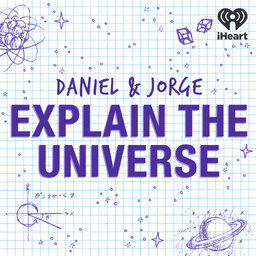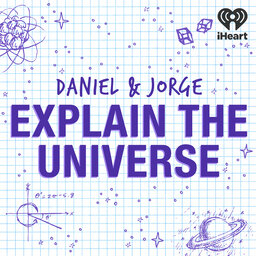How was the cosmic microwave background discovered?
Daniel and Jorge go through the crazy story of missed opportunties, accidental observations that led to one of the greatest science discoveries of all time.
Learn more about your ad-choices at https://www.iheartpodcastnetwork.com
See omnystudio.com/listener for privacy information.
 Daniel and Jorge Explain the Universe
Daniel and Jorge Explain the Universe


